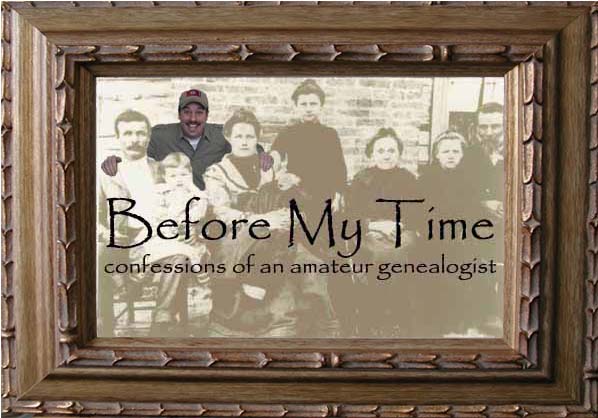 In millions of closets across the country, there are dusty shoe boxes that contain no shoes. But they’re not empty. They’re full of old home movies. Every once in a while, you may pull them out and set up the old project and pray that it doesn’t jam and destroy the film. But there’s a better way to view them while, at the same time, preserving them.
In millions of closets across the country, there are dusty shoe boxes that contain no shoes. But they’re not empty. They’re full of old home movies. Every once in a while, you may pull them out and set up the old project and pray that it doesn’t jam and destroy the film. But there’s a better way to view them while, at the same time, preserving them.While you’re film is slowly deteriorating, its main villain is that old, untrustworthy projector. There are many people who have old home movies on film and can’t even see them (and maybe never have) for want of a projector at all. Since no one makes projectors any more, one has to find them in antique stores. And even then, they may not be complete or in working order.
Media Migration is the answer. It’s a growing field and companies like Memories to DVD are popping up across the country to help transfer your old home moves to DVD or other digital formats (They also transfer VHS, slides, records and audio tapes). You might be leery of giving up your sentimental celluloid to anyone outside the family. But if you do your homework, you’ll rest easy knowing your film will be taken care of.
You can debate ‘till the credits roll about the best way to treat and condition film, but if you’re not doing it at all, you’re part of the problem. Look for accreditations like The Better Business Bureau or The AMIA.
Companies like this will also often offer other premium services like video editing, adding music and sound effects to silent film or even adding narration. I think this is a great way to pass down your home movies to future generations who would otherwise never know who the cast members are of their moving image heirlooms.
So free up those old shoe boxes for things like…shoes. Retire that antique projector to the bookshelf as a conversation piece. Transfer your old home movies to DVD (if you go to Memories to DVD, tell ‘em Phil sent ya). Then pop some popcorn, turn down the lights, settle into the couch and go back in time!


1 comment:
Good advice. We use a lot of "migrated media" in our work making video biographies in Southern California. Usually we will incorporate clips in the documentary then include the whole original video file as a separate DVD menu item - or as a separate disk if the length of the video material warrants.
Post a Comment